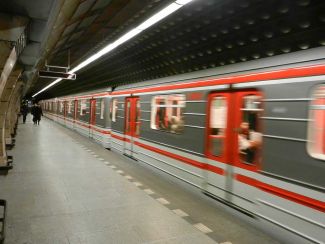
The Council of the Eurasian Economic Commission has passed the 52nd Technical Regulations of the EAEU “On the Safety of Underground Vehicles”. The Technical Regulation lays down uniform requirements for underground vehicles and their components used in their construction and production that are binding for the application and implementation in the EAEU countries. In addition, the technical regulation relates to the requirements for marking and regulations for their use as well as forms, schemes and procedures for conformity assessment in the form of, for example, EAC certification or EAC declaration.
The document applies to underground vehicles and their components, e.g. wheel sets, wheels, glazing, couplings, bogies, traction motors. Special (technological) vehicles and individual models of underground vehicles that have previously been put into operation are excluded from the scope of the technical regulations. The use of modern technical solutions in the design of subway vehicles is also planned: For example, the possibility of automatically controlling the movement of a train without a driver. The design of the wagons to be developed should enable a continuous passage along the entire train.
It is compulsory to put information about the availability of seats for the disabled. Requirements have been specified for such spaces that must be equipped with support devices and devices for communication with the driver or dispatcher.
Particular attention is paid to safety aspects in emergency situations. Therefore, rail cars should be equipped with elements of photoluminescent evacuation systems so that passengers can navigate in a dark railcar. When a fire alarm is triggered, the doors of all cars should be opened. For this, one person's exertion must be sufficient to open the emergency exit.
The technical regulation will come into force in January 2025. Its implementation will help to protect the market from dangerous and inferior products, and to remove obstacles to the free movement of regulated products within the EAEU by standardizing requirements and issuing standardized documents for conformity assessment.


